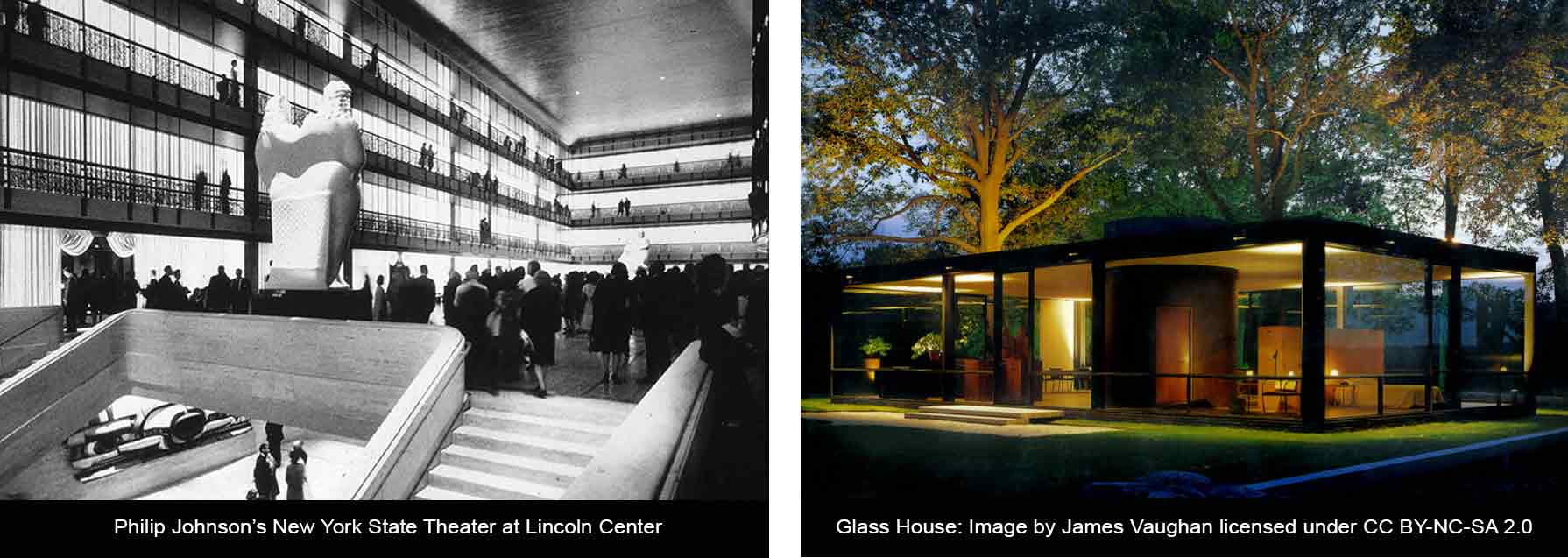The Fabric of our Society
The Fabric of Our Society column invites industry leaders to provide experience-based opinions and discussions on various topics. Diverse perspectives are respected and most welcome, but do not necessarily reflect the opinions of IESNYC or the Board of Managers. Want to contribute? Email [email protected]
March 2025
The Legacy of Richard Kelly: Seeking the Next Generation of Lighting Innovation

Stephen Bernstein
Principal, Cline Bettridge Bernstein Lighting Design
The Richard Kelly Grant, was not established, as some may assume, by the legendary lighting designer himself. The program was initiated in 1979 through the collaborative efforts of architects Richard Hayden & Der Scutt and members of the IES New York City Section. While the grant program now operates under the IES umbrella, the IESNYC continues to assist with managing the annual submission process and provides financial support. Having served on the Richard Kelly Grant Board and jury for the last number of years, I've witnessed firsthand the evolution of this prestigious award.
Richard Kelly's legacy as one of the pioneers of architectural lighting design cannot be overstated. His collaborations with prominent architects of the 1950s and 1960s produced enduring masterpieces, including Philip Johnson's New York State Theater at Lincoln Center (now the David H. Koch Theater) and the iconic Glass House in Connecticut. Kelly's theoretical framework – categorizing light into focal glow, ambient luminescence, and play of brilliants – revolutionized architectural lighting education and remains fundamental to contemporary practice.

Today, we might refer to these principles as ambience, highlights, and sparkle – though Kelly's original terminology carries a more poetic resonance. Balancing these elements, in varying proportions, form the foundation of every successful lighting design, whether an entertainment venue, a corporate space or residence.
Grant selection criteria
The Richard Kelly Grant differs from traditional design competitions. Candidates, typically students and emerging professionals, submit either project work or theoretical essays examining aspects of lighting. The selection committee reviews approximately 12 submissions annually, selecting one or two recipients for awards of varying amounts. The committee seeks evidence of innovative thinking and potential excellence, rather than focusing solely on completed projects. We often identify promising candidates whose work, while not yet grant-worthy, demonstrates potential for future development. These individuals receive encouragement and are invited to reapply in subsequent years.
While the technological landscape has evolved significantly since Kelly's era, his work exemplifies timeless principles of thoughtfulness, elegance, and architectural integrity. The grant aims to identify early-career practitioners who demonstrate similar qualities. We look for individuals who approach lighting challenges with originality and depth of thought, even if their ideas are still in development.
The evaluation process considers:
- Innovation in addressing lighting challenges
- Clarity of thought and presentation
- Exploration of unexplored territories in lighting design
- Fresh perspectives on established principles
- Potential for advancing the field
As our profession continues to evolve, we seek individuals who, like Richard Kelly, question conventional wisdom and push the boundaries of lighting design. The field remains rich with opportunities for new approaches and solutions, maintaining Kelly's spirit of inquiry and innovation.
Note: The 2025 Richard Kelly Grant Application is now open and accepting proposals until June 30.
2025 IESNYC Event and Educational Sponsors
Brilliant Sponsors
Radiant Sponsors
Glow Sponsors
Sparkle Sponsor
Twinkle Sponsors
Available Light | Hartranft Lighting Design | HLB Lighting Design
